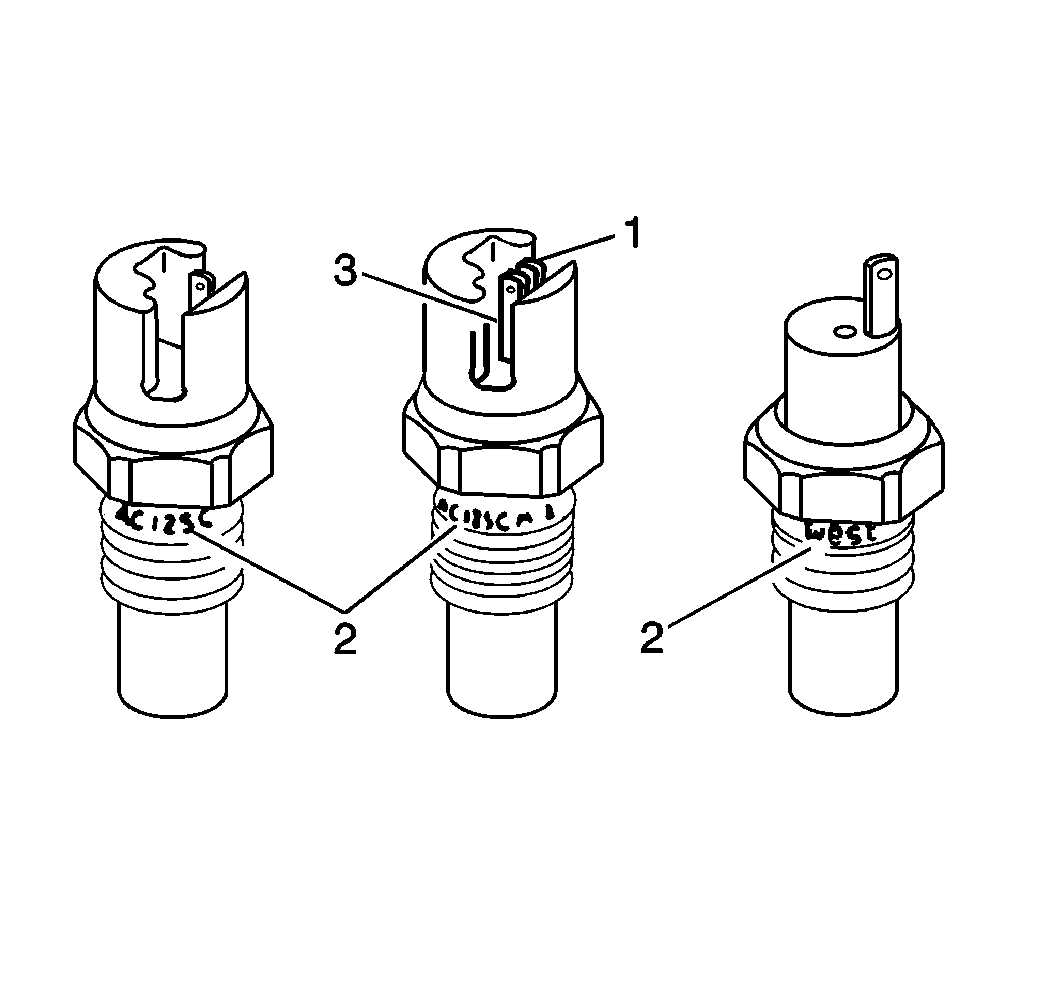All of the sensors and input switches can be diagnosed
using a scan tool. Following is a short description of how the sensors and
switches can be diagnosed by using a scan tool. The scan tool can
also be used to compare the values for a normal running engine with
the engine you are diagnosing.

